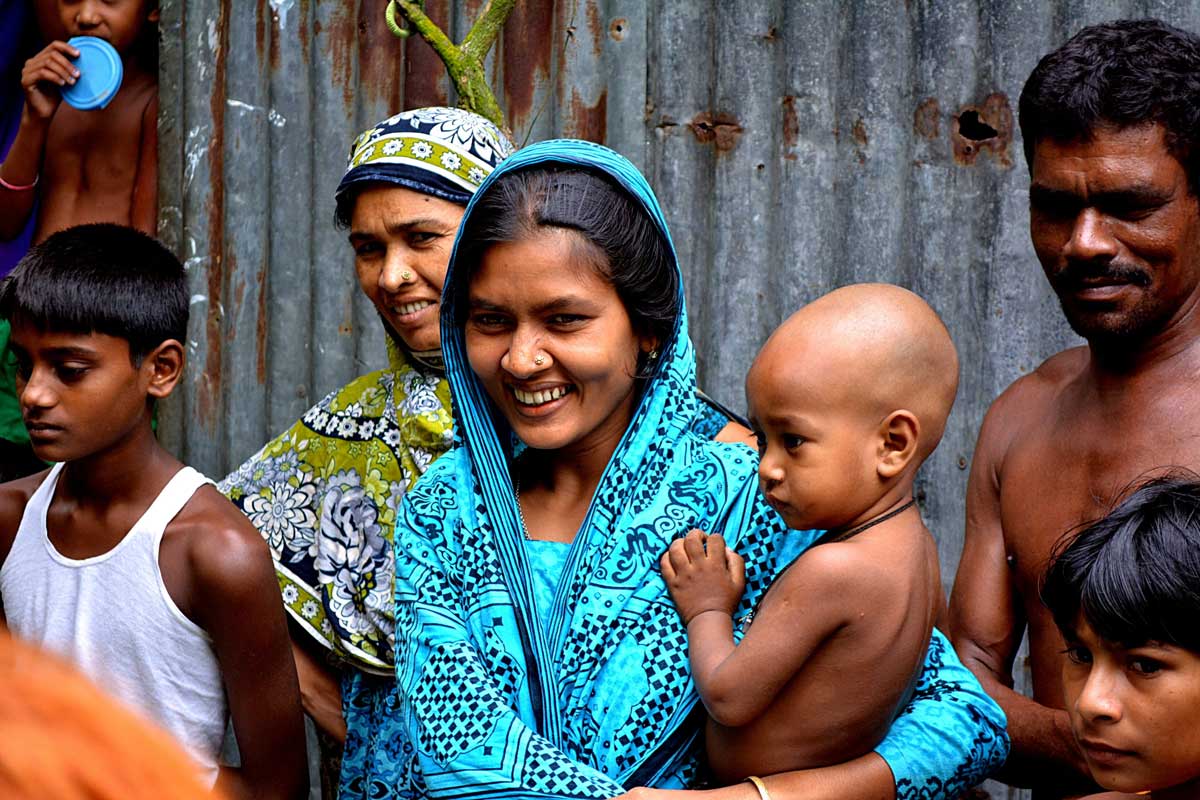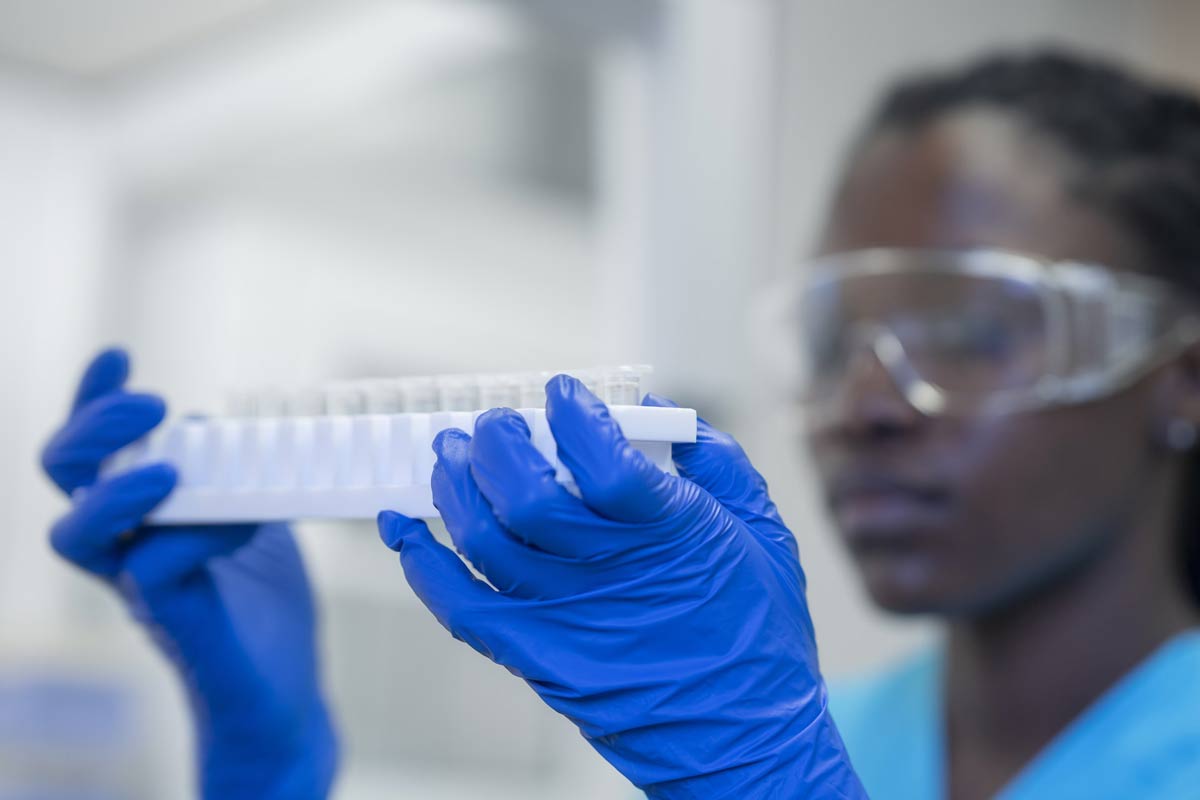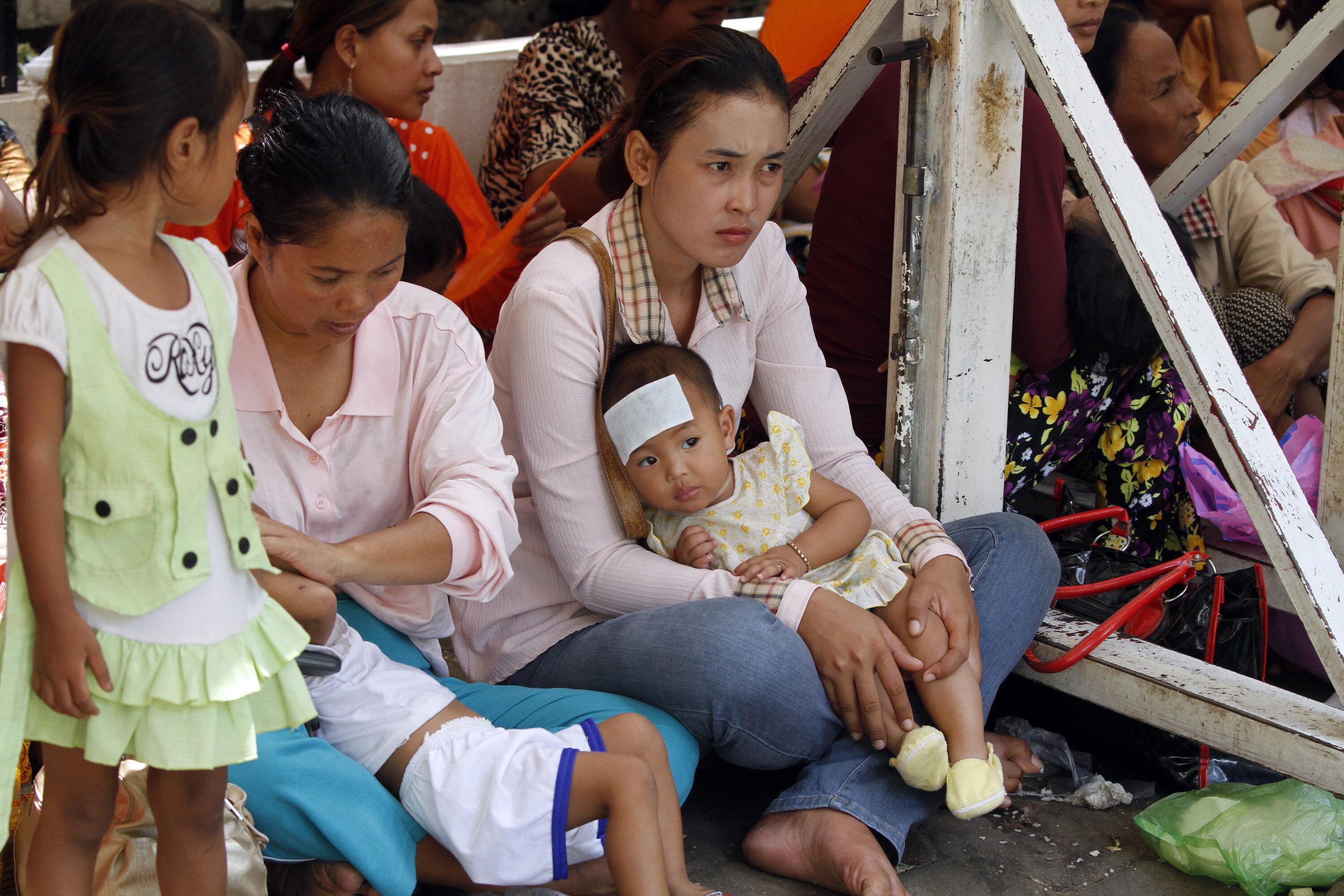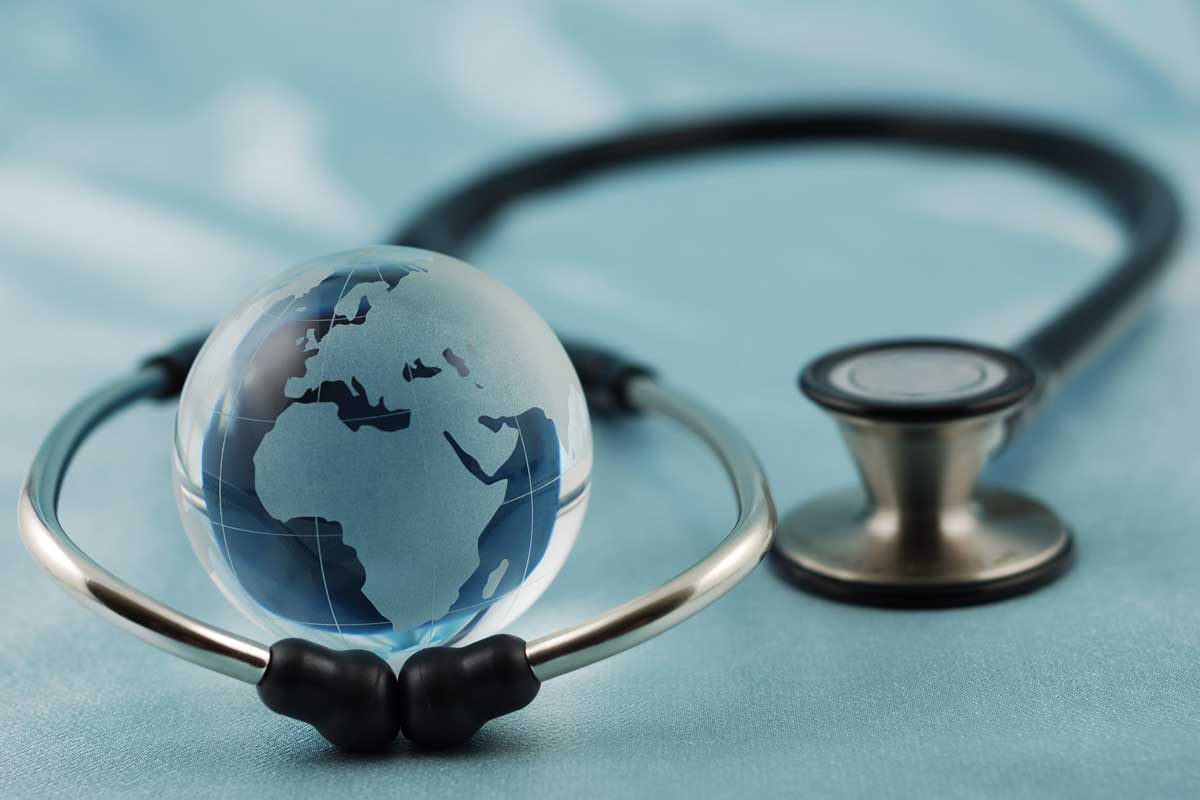Women are second-class citizens when it comes to health. Closing the gap could be worth $1 trillion
A new report, Closing Women’s Health Gap: a $1 Trillion Opportunity to Improve Lives and Economies, highlights the potential benefits of narrowing the gap in women's health.
- 24 January 2024
- 5 min read
- by World Economic Forum
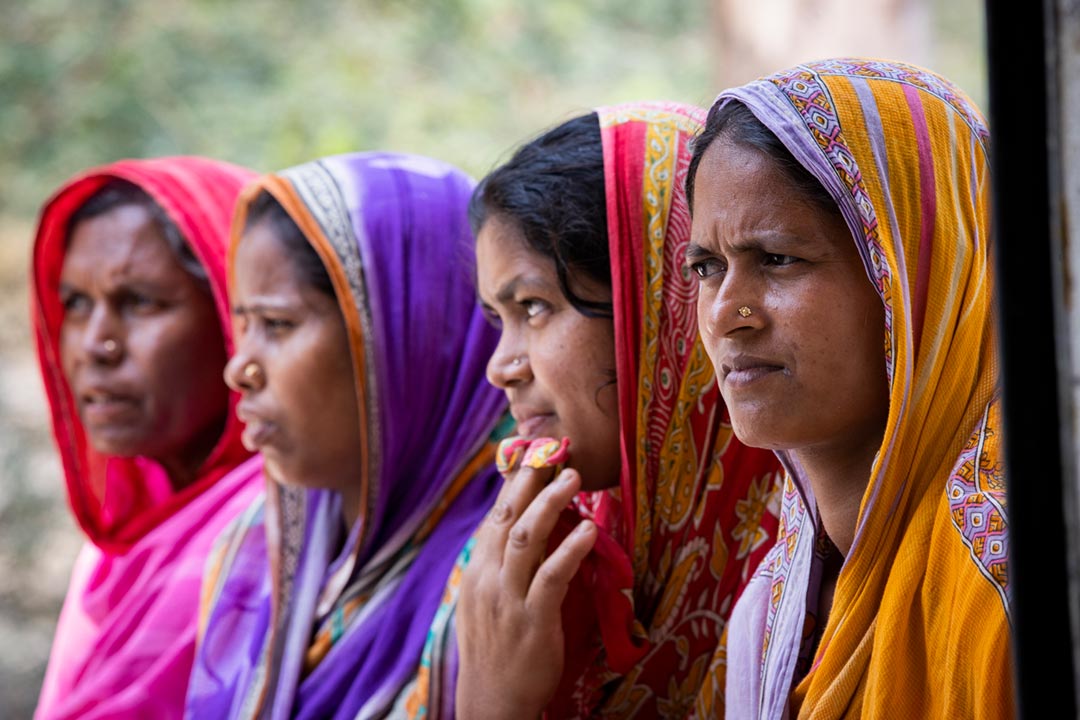
For far too long, society has overlooked women's health needs and failed them in doing so. Women are paying the ultimate price with an average of nine years spent in ill health across their lives. This is a quarter more than men suffer. The majority of these fall during their most productive and active years. A new report, Closing Women's Health Gap: a $1 Trillion Opportunity to Improve Lives and Economies,highlights the potential benefits of narrowing the gap in women's health, emphasizing that it could lead to better quality of life for billions of women and substantial economic gains.
Developed by the World Economic Forum, in collaboration with McKinsey Health Institute and a multistakeholder coalition championed by Ferring Pharmaceuticals, the report is clear: The individual and global socio-economic impacts are severe, and the potential benefits of closing the women's gap vast.
This seminal report is the first to quantify the economic impact in stark terms, and it makes the case for timely action to address it. It highlights the need for a fundamental mindset shift, while offering a new lens through which we can understand the risk of inaction. Many of the recommendations require bold, significant investments and shifts in cross-sector policy and approaches. No one business or organization will solve them alone.
Success will hinge on concerted collaboration spanning public, private, academia and civil society in a way that the women's health agenda has arguably lacked to date. Responding to the findings of the report, the World Economic Forum, Ferring Pharmaceuticals and partners are launching the Global Alliance for Women's Health. The Alliance is a multi-sector global platform dedicated to the health of women and signals a collective effort to work towards closing the women's health gap on a global scale. The commitment of the Global Alliance for Women's Health is to prioritize, protect and promote women's health as a significant step toward addressing the existing health disparities.
The report ascribes an important dollar cost to the women's health gap, with clear indications of where the potential for change is greatest. This gives all stakeholders committed to changing the status quo on women's health a shared agenda for reinforcing their action and impact. But it also highlights the broader societal and personal costs that the women's health gap elicits. Missing or poor quality data is a key area which must be addressed. Because we cannot improve what we do not measure.
The systematic lack of data into women's unique biology, health and health outcomes has meant that their health and well-being has been virtually invisible in medical research, care provision, policy development and budget allocation. This has a direct impact on the safety, effectiveness and outcomes of medical interventions and care strategies across multiple conditions. This includes those that exclusively impact women, such as women's reproductive and maternal health.
The report finds "for every one woman diagnosed with a health condition, roughly four go undiagnosed". Despite making up over half of the global population, this representation isn't reflected in clinical trials or medical research. According to Imperial College London, less than 2% of medical research funding is spent on pregnancy, childbirth and female reproductive health. The statistics are abundantly clear: Women are being medically denied and left with profound unmet need. This lack of representation leads to suboptimal health care and adverse outcomes for women.
Have you read?
The McKinsey Health Institute report estimates that "five percent of women's health burden is attributable to women's sexual, reproductive and maternal health". This estimate may even be conservative. It illustrates a much
Painful periods, miscarriages, infertility, complications during pregnancy and childbirth and menopause, inflict a huge toll on women's long-term health, well-being and productivity. Yet, all too often such issues are explained away as "normal", "part of being a woman" and not recorded anywhere. This lack of prioritization has spillover effects on the development and adoption of women's health innovation, resulting in enduring unmet need.
For example, endometriosis, a chronic disease that causes severe pain especially during menstrual periods, impacts 190 million women. There can be up to 10 years of delay in diagnosis, which carries significant social, public health and economic implications, not to mention pain, fatigue, depression, anxiety and infertility. No cure currently exists. But symptoms can be relieved, and early diagnosis can significantly improve chances of getting pregnant by starting IVF earlier. While McKinsey estimates "the value of the market for endometriosis treatments to $180-220 billion globally", few assets are currently in the pipeline.
Similarly, postpartum haemorrhage (PPH) is responsible for 20% of maternal deaths worldwide; the vast majority (99%) occur in lower- and middle-income countries (LMICs). The world will fail to save the lives of 1 million women by 2030 if we do not join forces to accelerate progress towards Sustainable Development Goal (SDG) 3.1 to reduce maternal mortality in LMICs And yet, only two new medicines shown to be effective in PPH management have been developed over the last 30 years.
The Global Alliance for Women's Health is committed to contributing its expertise, resources and influence to advance initiatives that promote women's health, ensuring that it becomes a shared responsibility across diverse sectors. Change is possible but will require concerted public-private action. The formation of the alliance is an important step on our mission to finally close the women's health gap.
Written by
Per Falk, President, Ferring Pharmaceuticals
Shyam Bishen, Head, Centre for Health and Healthcare; Member of the Executive Committee, World Economic Forum
Website
This article was originally published by the World Economic Forum on 17 January 2024.
More from World Economic Forum
Recommended for you

